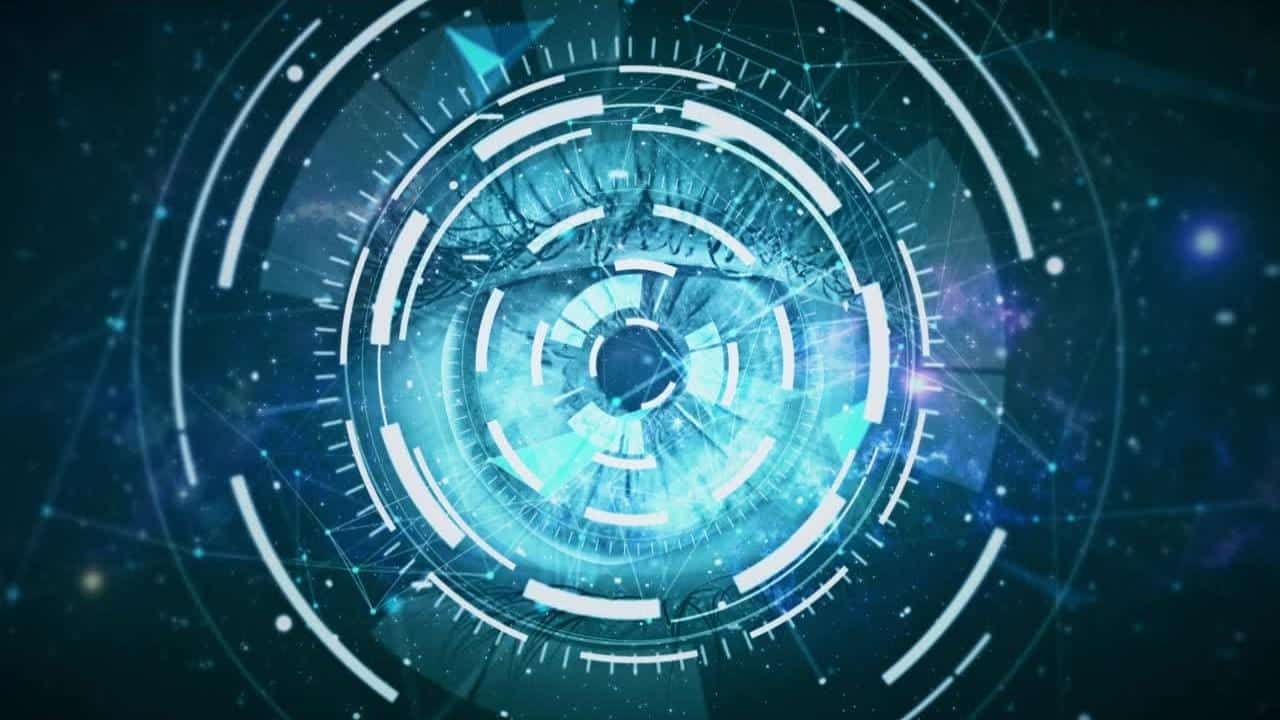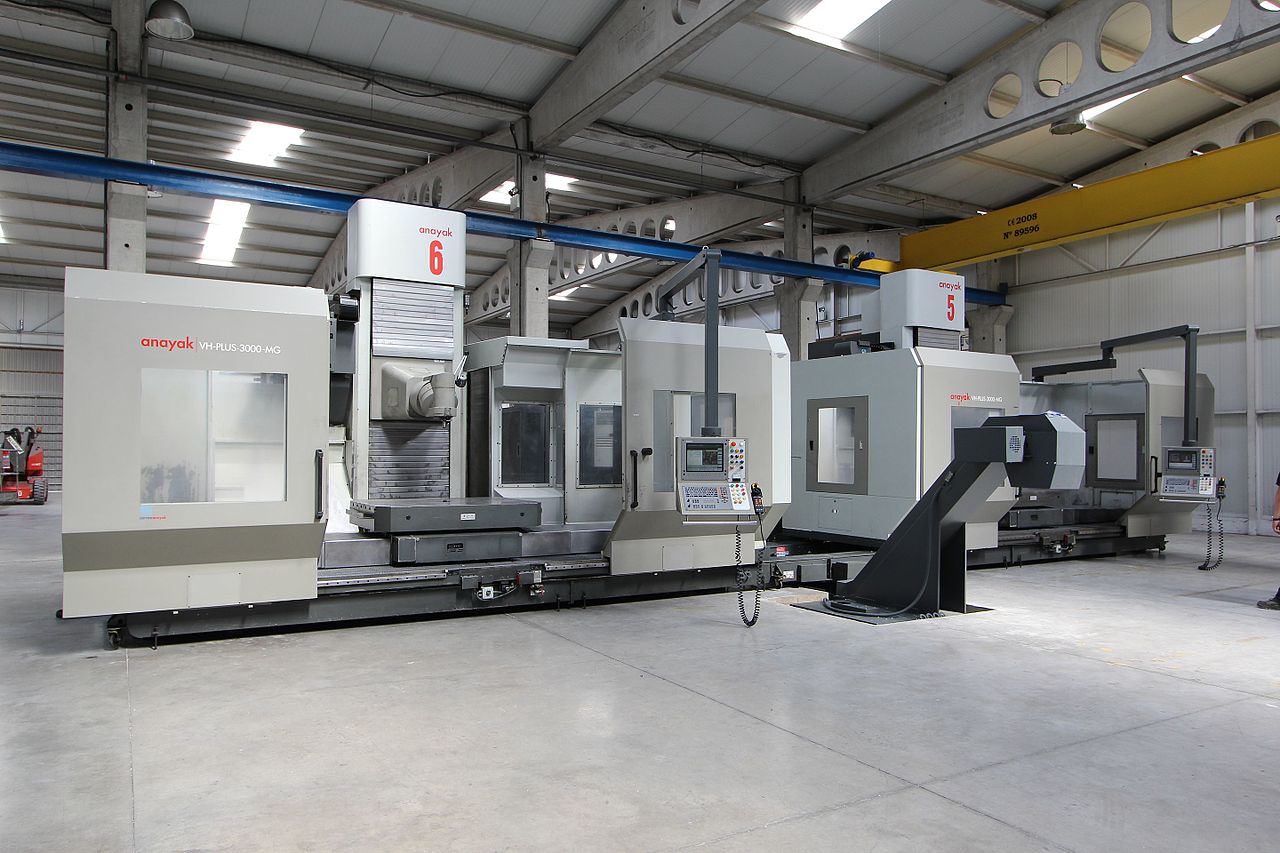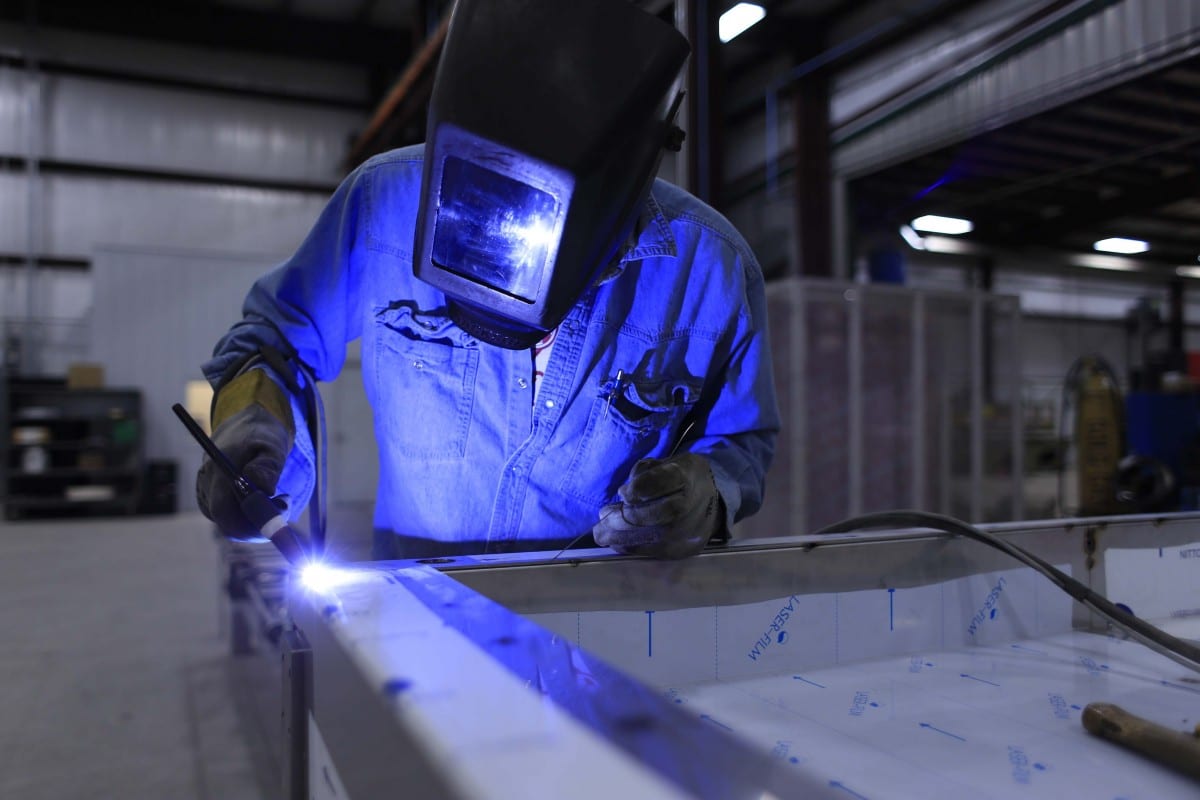
In the world of manufacturing, computers have lagged behind. The industry has only begun to harness the enormous potential offered by artificial intelligence. However, the convergence of AI and manufacturing is already starting to have an impact. This article will explore how computer vision is transforming the factories of the industry. By providing machines with clear images of the products they work with, this technology enables manufacturers to reduce costs, increase efficiency and improve performance.
It also allows them monitor and even fix problems as they ariseinstead of waiting for things to go wrong and having to order expensive parts or carry out laborious repair work. The first step to achieve it? Understand what your factory is really like from an IT point of view. Let's take a look at how machine vision is transforming factories around the world by exploring a few key examples.
What is computer vision?
Machine vision is the process by which computers perceive the world. It differs from human vision in a few key ways. First of all, machine vision is digital. Computer vision algorithms can detect shapes and colors, but they can't actually see anything. Humans see colors, but we also detect shapes. This is what makes computer vision so valuable. Computer vision is a subfield of machine learning. When you train a machine learning algorithm, you are actually teaching it. He is shown examples and learns from them. The more examples you show him, the more accurate he will be. That's what happens when you train a computer vision algorithm. After feeding it lots of visual data, it becomes more and more accurate.
How does artificial vision work?
Artificial vision consists of obtaining a clear image of the world. To do this, you need some way of detecting what's happening in the scene. There are many ways of doing it. You can use a camera, for example, or you can have sensors that detect the world around you. Either way, you're using something called a sensor to detect visual data. Next, you need a way to interpret what these sensors detect. Computer vision algorithms do this through a concept called feature extraction. The visual data from the sensor is converted into numerical values that can be used by the algorithm.
Types of artificial vision
Some of the types of computerized vision or technologies applied to artificial vision are:
- Deep learning: Deep learning systems, also known as neural networks, are at the core of machine vision. They are designed to learn and improve with experience, while being scalable and flexible enough to adapt to the rapid development of new technologies. They are typically trained on large data sets and can be used for a wide variety of tasks, including computer vision, object recognition, language understanding, and inference. Deep learning systems, also known as neural networks, are at the core of computer vision. They are designed to learn and improve with experience, while being scalable and flexible enough to adapt to the rapid development of new technologies. They are typically trained on large data sets and can be used for a wide variety of tasks, including computer vision, object recognition, language understanding, and inference.
- Reinforcement learning: Reinforcement learning systems use AI to modify the system based on user behavior. An example of this is a virtual agent that follows the user's movement and reacts based on parameters such as location and time. In VR, this could be used to create an interactive experience where objects in the virtual world respond to the user's actions, for example a door that opens when the user approaches it. Reinforcement learning systems use AI to modify the system based on user behavior. An example of this is a virtual agent that follows the user's movement and reacts based on parameters such as location and time. In VR, this could be used to create an interactive experience where objects in the virtual world respond to the user's actions, for example a door that opens when the user approaches it.
- semi-supervised learning: Semi-supervised systems train their models using only a subset of the labeled data. For example, one application is to identify objects without labeling their shapes. A sports team uses semi-supervised AI to find players in footage without knowing their names.
How computer vision is transforming factories by monitoring parts
One of the early benefits of computer vision was improved inspection. Not only are cameras good at spotting flaws, but machine vision is great at pinpointing them. This makes it a key technology for quality improvement, allowing manufacturers to catch problems before they lead to costly rework. Computer vision is also particularly effective at automating the inspection of large and complicated parts. This gives you a view of the entire object that is much easier to analyze than a view of a small part. You are much more likely to spot a problem that you might not otherwise notice. A computer vision algorithm can also help you solve these problems. You can use computer vision to create a digital model of the part and use it to track defects as they occur and track their progress as they are fixed.
How computer vision is transforming factories by monitoring equipment
The same benefits that make computer vision great for inspecting parts also make it a good choice for monitoring equipment. While a camera might be too small to see the inner workings of a machine, computer vision can easily map the entire interior of the machine and map the components it contains. This allows you to see exactly what is happening and identify potential problems. Computer vision is especially well suited to detecting problems in machinery. It can easily detect movements that a human could miss. You can also detect problems with the machinery itself as they occur, such as faulty components. When it comes to monitoring production, computer vision can spot things that a human might miss. It can also detect anomalies in the data that a human would not notice. These points are called anomalies because they do not fit with the rest of the data. This can help you identify potential problems in your processes. It can also help you prioritize problems and find solutions to improve production.
How machine vision is transforming factories by monitoring employees
Just as machine vision is suitable for inspecting parts, it is also suitable for monitoring workers. This makes it a useful way to improve security and keep people on their toes. It is also a useful way to reduce tiredness and fatigue-related problems. Computer vision can be used to follow workers moving around the factory. This can help you map your work environment and spot problems like blocked or crowded paths. You can also use computer vision to track the activities of each worker. This allows you to track your performance, pinpointing potential errors before they cause costly rework. You can also use computer vision to keep track of equipment and machinery. This allows you to spot machinery problems that are easy to miss with the human eye.
How computer vision is transforming factories through defect detection
Computer vision is also a great tool for detecting defects. This makes a lot of sense, as many of the same benefits that make it a good tool for part inspection also mean it's a good tool for detecting component defects. Computer vision is particularly well suited to detecting defects at an early stage. This means that you are less likely to have to order costly repairs or workarounds. Computer vision is also particularly suitable for detecting surface defects, such as scratches or paint defects. This makes it a good choice for quality control.
3D scanning
When you start using computer vision to understand what your factory really looks like, it's natural to wonder what you're missing. The obvious next step is to start using cameras to create 3D models of your environment. This data-driven approach to machine vision is often referred to as deep learning. And, once again, it makes a lot of sense. Machine vision algorithms are typically trained on a small number of examples. This is a very superficial form of machine learning. It takes a lot of visual data to train a deep learning algorithm, but once that's done, you can see a lot in the data.
robotic vision
However, 3D scanning poses a potential problem. It works great for spot inspections, but once you've created a 3D model, you're stuck with it. And, once you start using computer vision for part tracking and identification, you'll likely start bumping into things. Fortunately, there is also a solution for this problem. You can use computer vision to create a visual representation of the robot's environment. This allows you to use computer vision to identify potential obstacles and avoid them.
video monitoring
Once you've started using computer vision in your machinery, you'll probably want to do the same with your equipment. He can do this by creating visual representations of the team. This approach is often called visualization. You can create visualizations to help you understand how your computer works, or you can create visualizations to help you train your computer vision algorithms. You can use visualizations to create a three-dimensional model of your machinery.
AI and sensors
Computer vision is a key component in many artificial intelligence applications. These include things like image recognition, language translation, and speech synthesis. Computer vision is also key in the development of neural networks. These are a key part of deep learning applications. Computer vision is much more than the simple detection of visual data. These systems need to be trained with many examples to be useful. They also need to be deployed throughout the production line.


